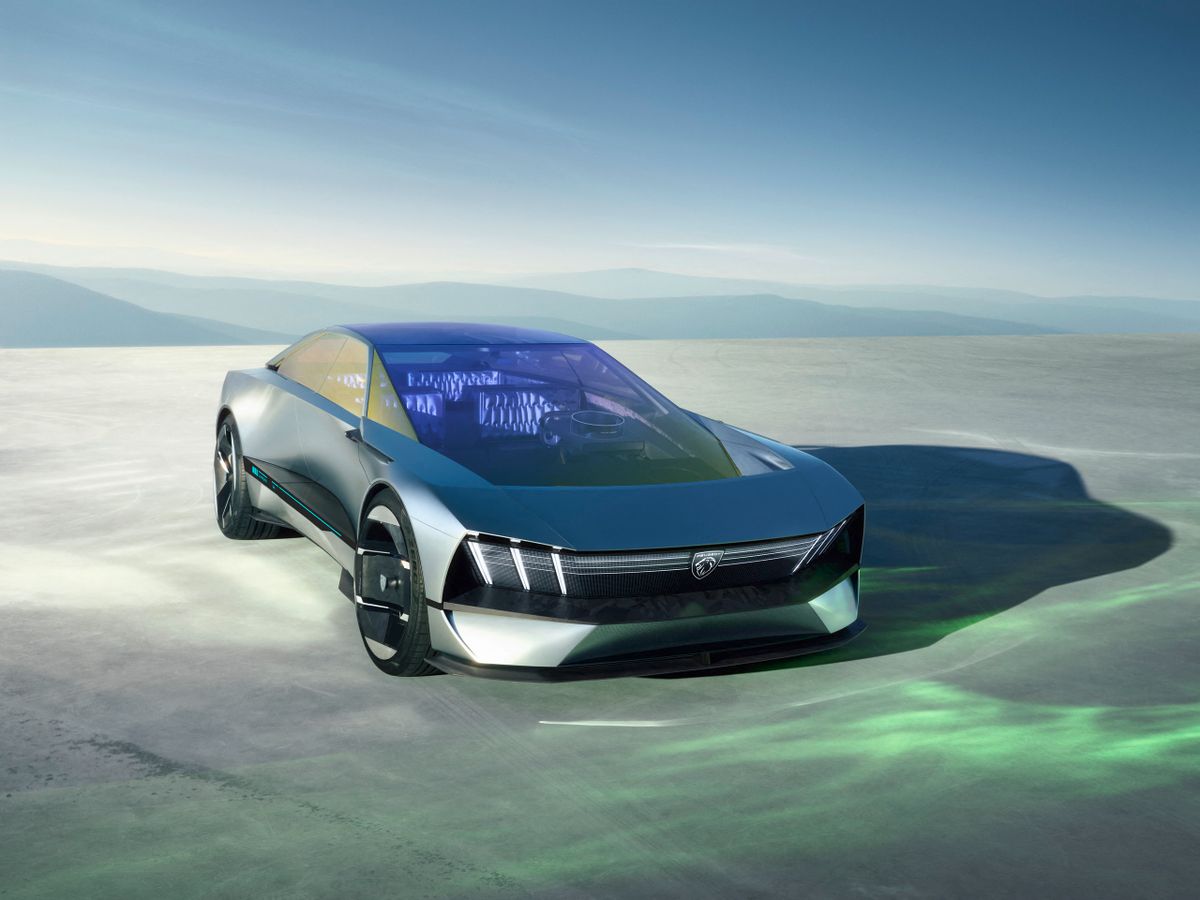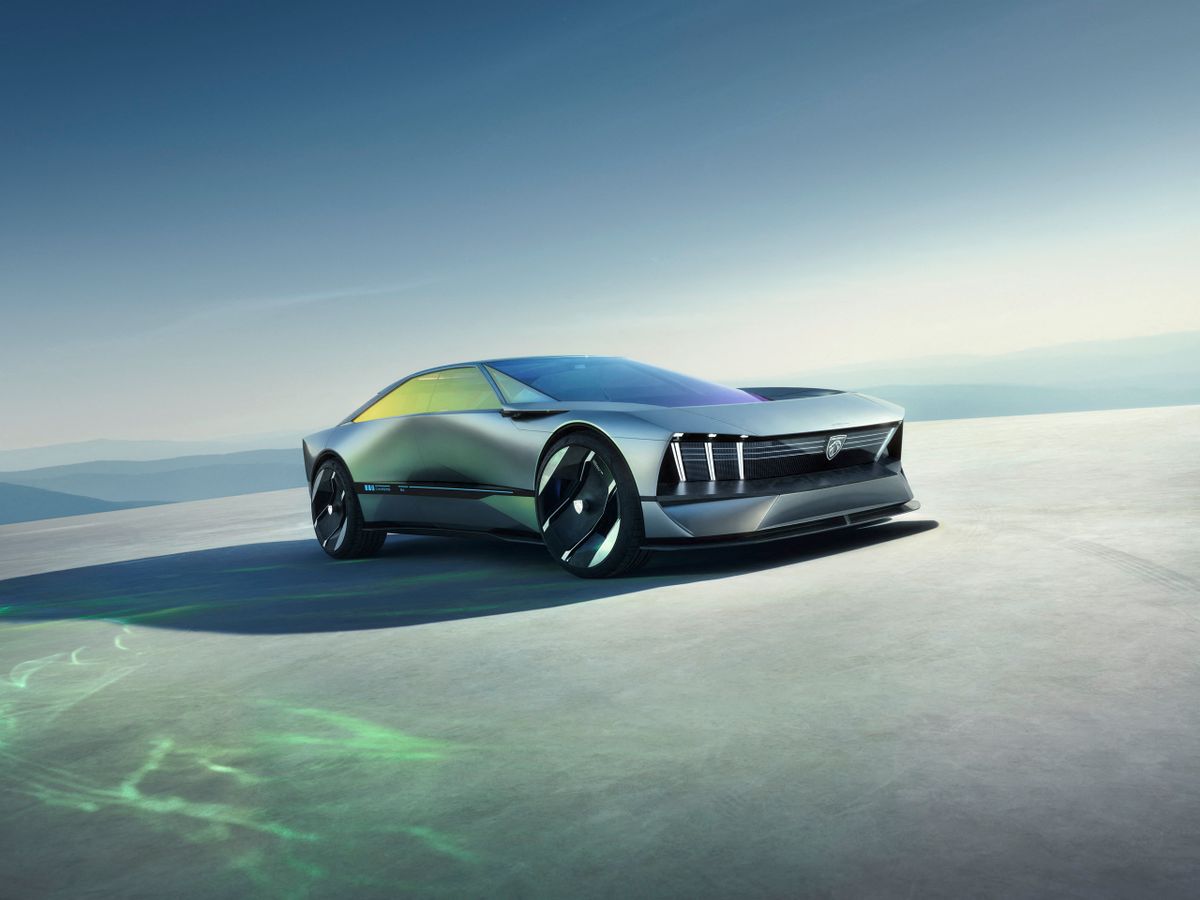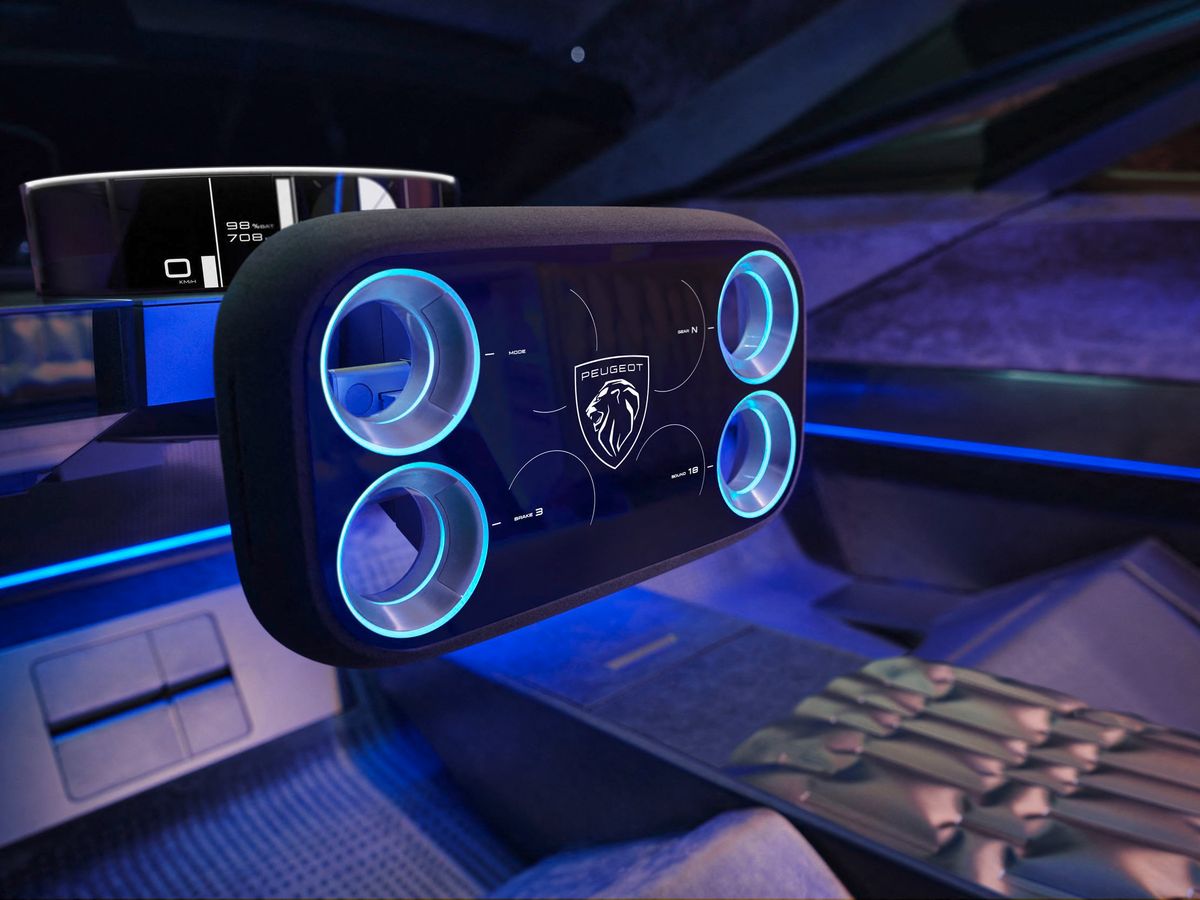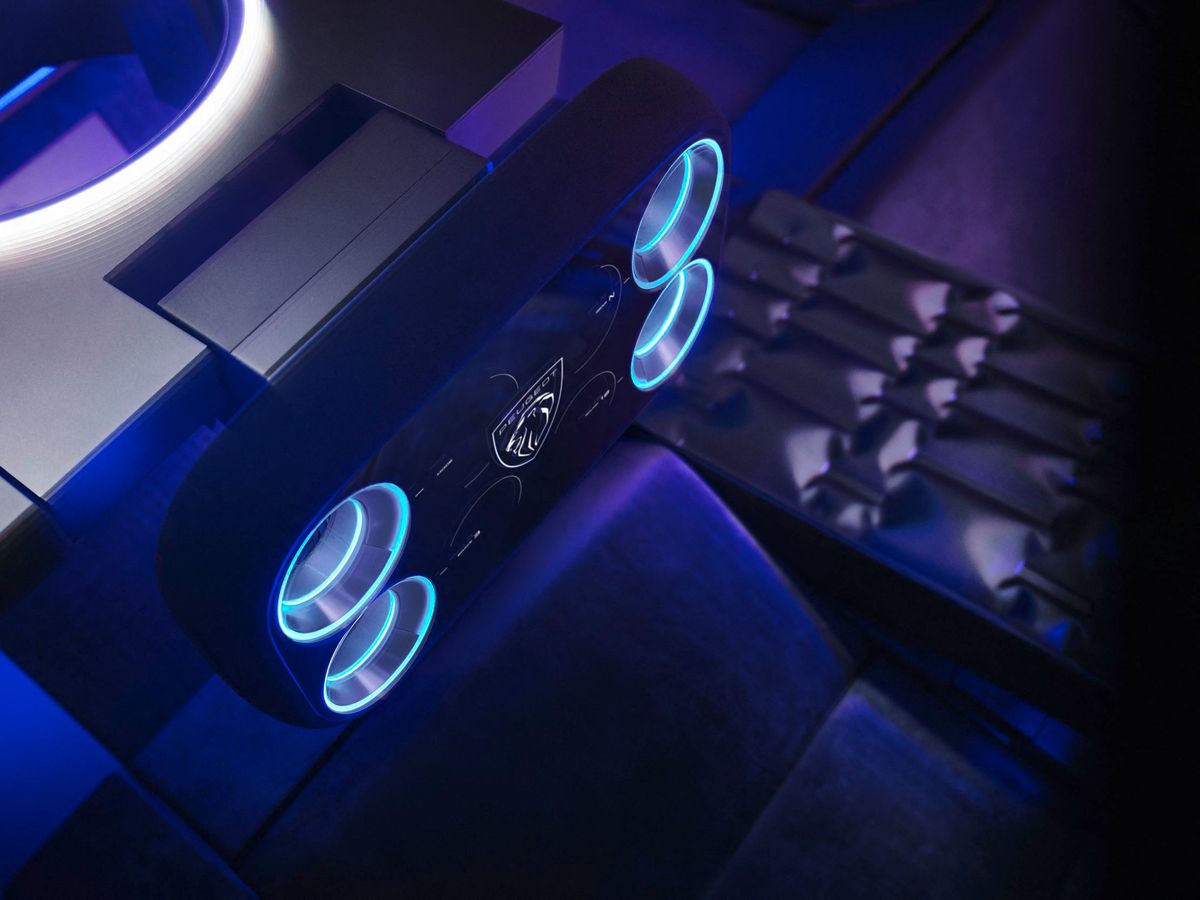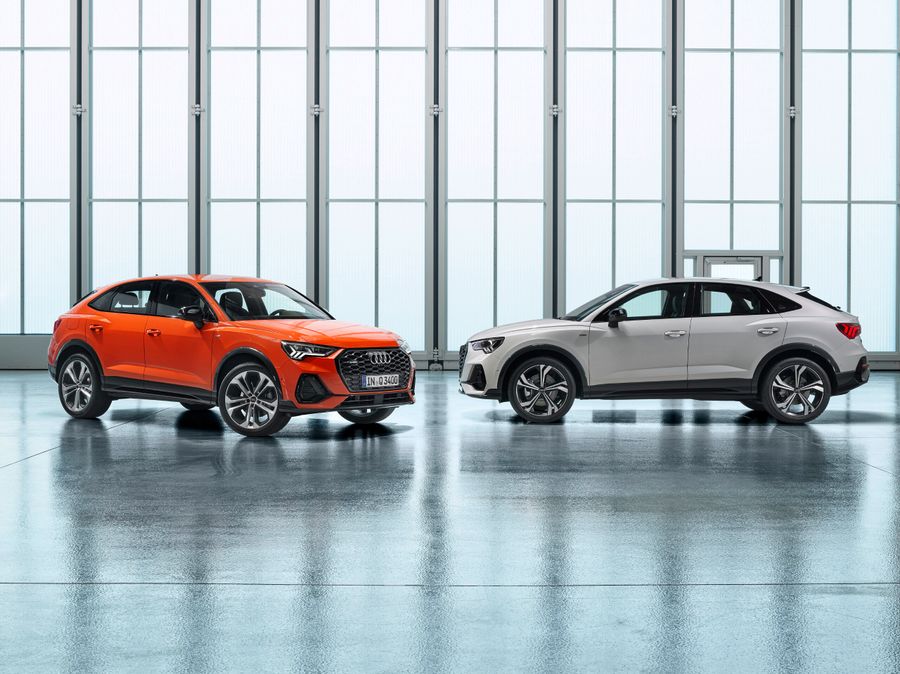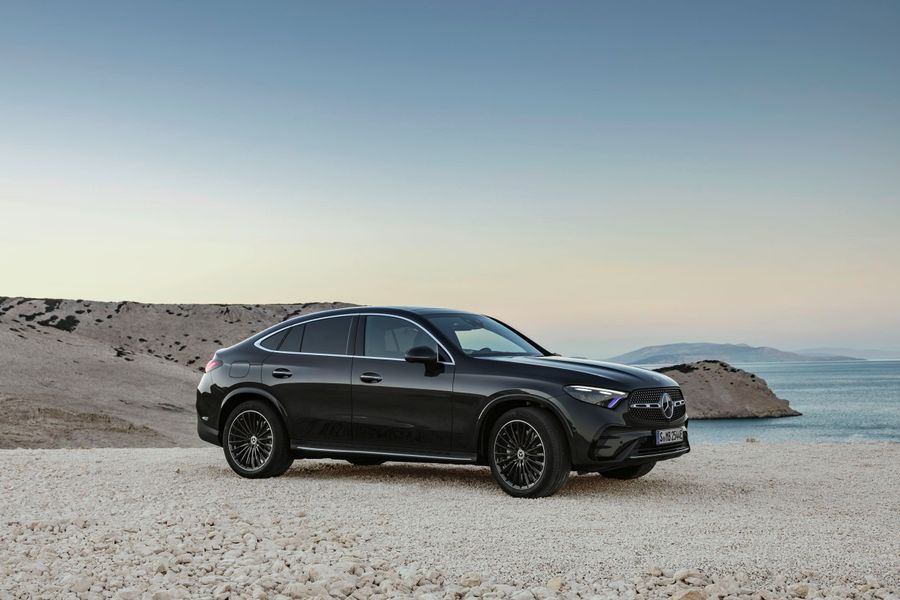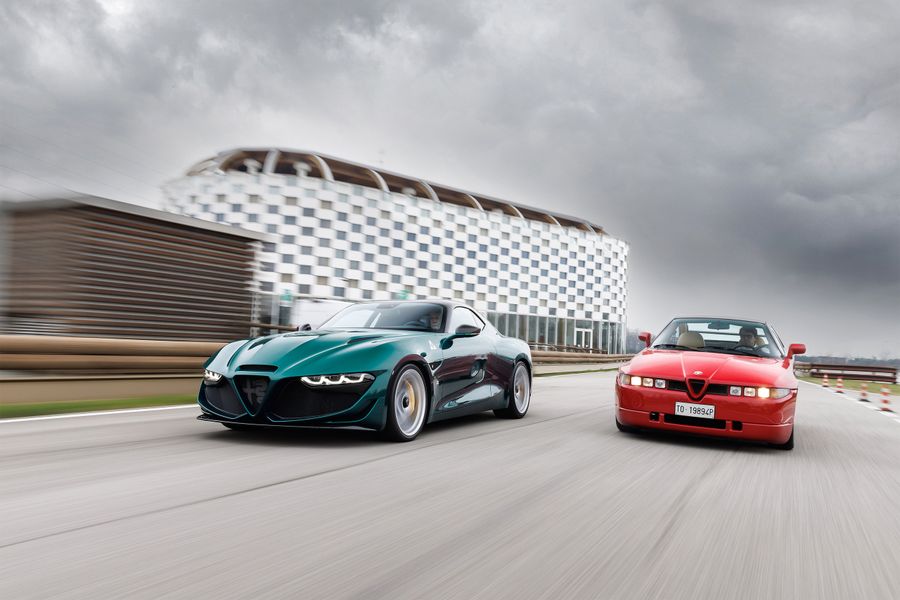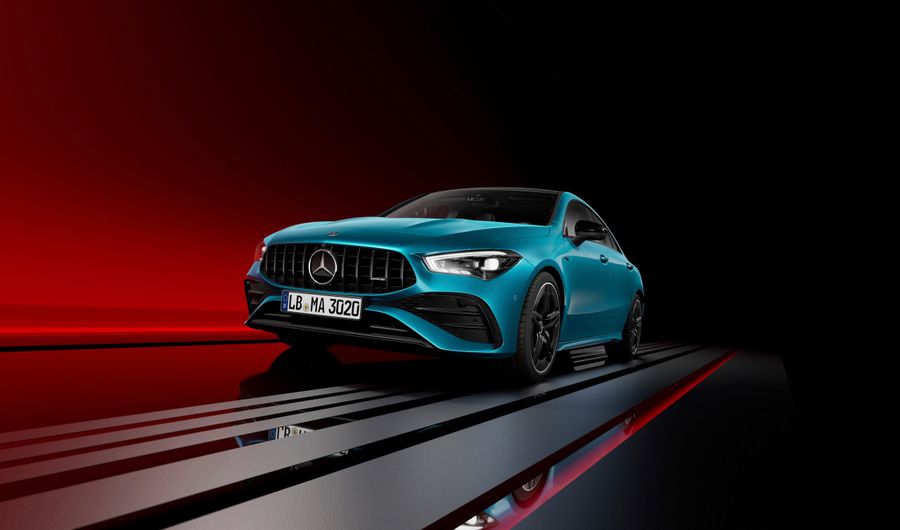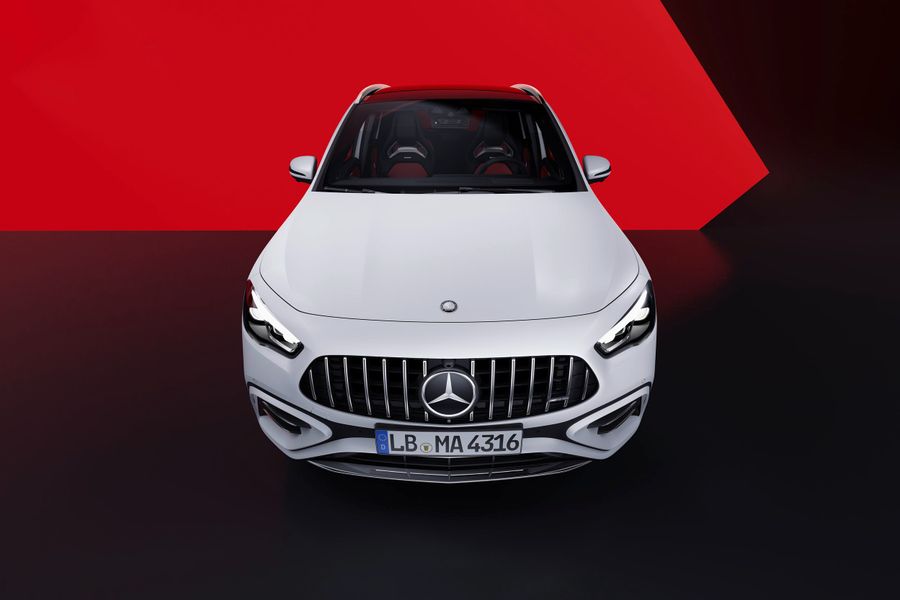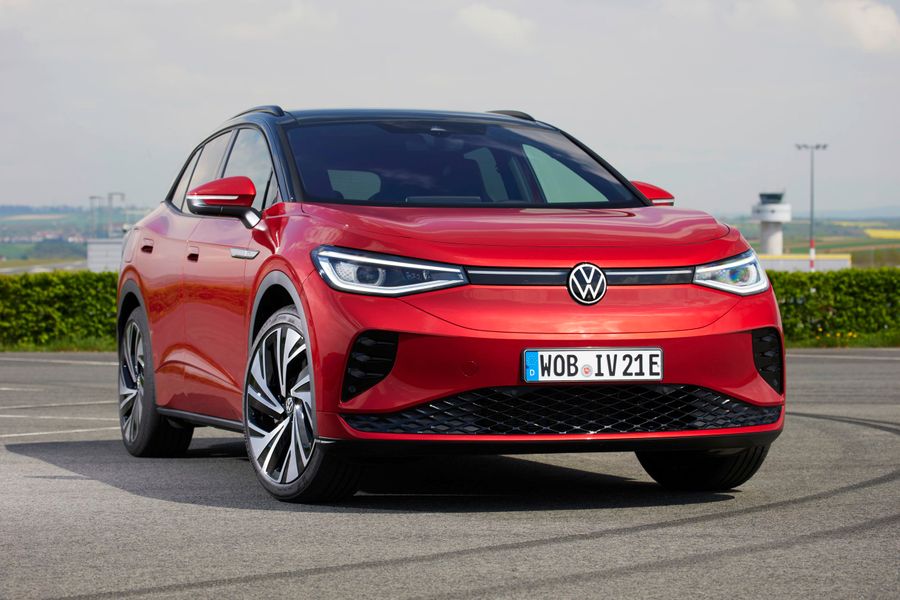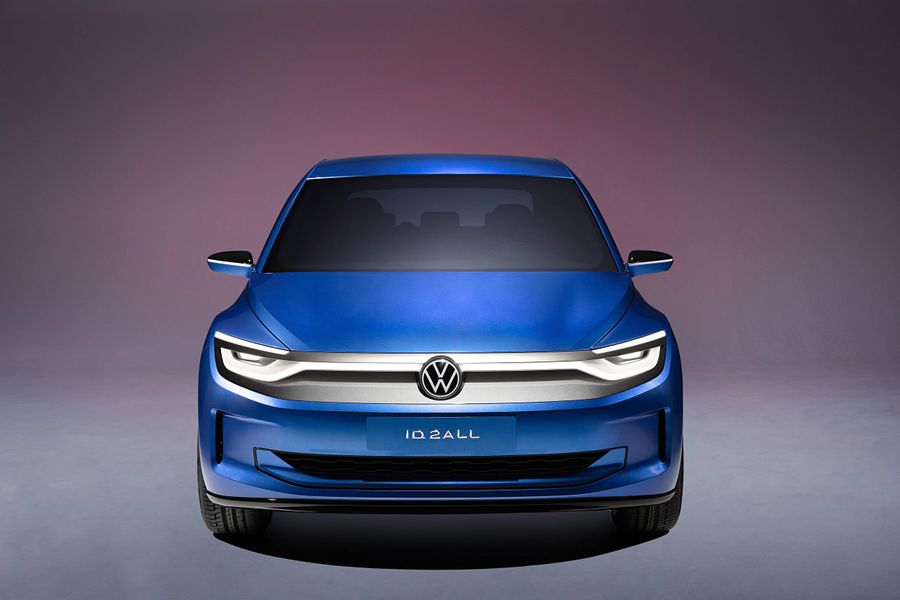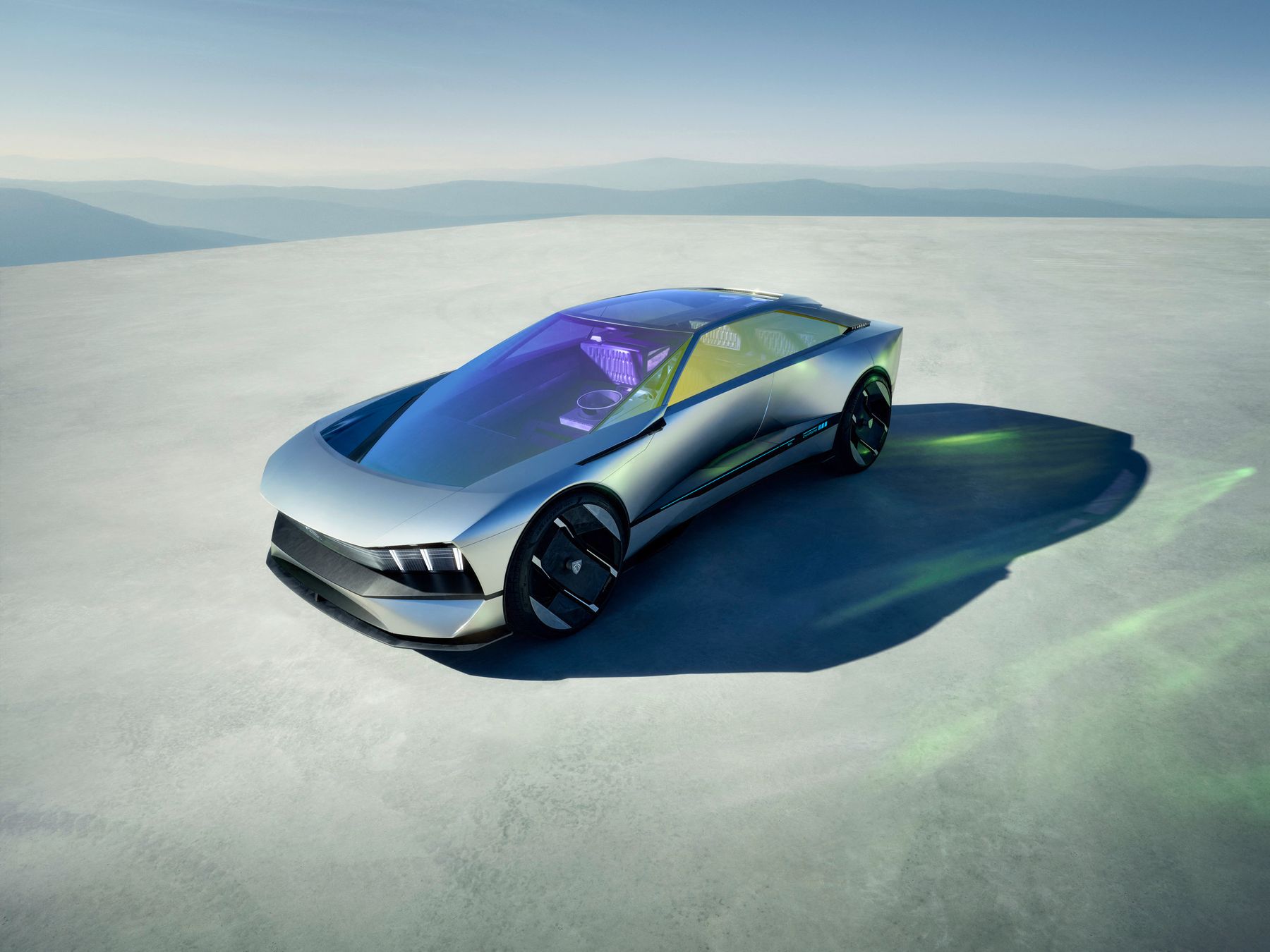
Inception Concept. Greetings from Peugeot’s near future
A slightly unusual concept car lifts the veil on the design of future models of the old European brand, now part of the international Stellantis. The Inception Concept is a greeting from the near future of Peugeot, an electric glass ‘capsule’ with artificial intelligence. An electric car with a range of 497 miles (about 800 km), capable of accelerating to 100 km/h in less than 3 seconds, with a futuristic appearance, made with a new design language. By the way, all future Peugeot models, including compact ones, will have a new style, and they will appear as early as 2025.
‘Peugeot is committed to electrifying its range. In 2023, our entire line-up will be electrified, and in the next two years, five new 100% electric models will be launched. Our ambition is simple: to make Peugeot the leading electric brand in Europe by 2030’
Like this concept, all future Peugeot models will be equipped with STLA Brain artificial intelligence and will be fully connected to the network. Over the next two years, the brand will release five new all-electric models, and by 2030, all brand vehicles sold in Europe will be electric.
Exterior
Based on the STLA Large platform, the Peugeot Inception Concept embodies a completely new, simpler design language. Instead of a front grille, there is a solid glass with a logo in the center. The doors comprise a built-in horizontally-oriented narrow Tech Bar screen. It displays various messages when the driver and passengers approach the vehicle. The artificial intelligence that powers the Peugeot Concept recognizes the driver to adjust comfort settings (seat position, temperature, driving mode and multimedia preferences). Tech Bar also displays the battery level and hides a lot of sensors and radars. The total glazing area is 7.25 sq m! All together forms a glass capsule of the passenger compartment, which reaches the legs of the driver and front passenger. The glass is treated with metal oxides, a process NASA uses for astronauts' helmet visors. Moreover, the sedan has a length of 5 m and a height of only 1.34 m.
Interior
The interior is called the next generation i-Cockpit®. The i-Cockpit, among other things, includes the Stellantis STLA SmartCockpit technology platform and STLA AutoDrive, enabling Level 4 autonomous driving. Hypersquare’s intuitive control system, an outlandish rectangular design that combines a steering wheel and a media system screen, is inspired by video games. The developers have abandoned the traditional steering wheel in favor of digital electric control. In the center of Hypersquare there is a tablet-type screen that carries information, along the edges there are two round holes into which you need to stick your thumb and select any of the car controls, such as climate control or music volume, in one motion. If necessary, Hypersquare can be replaced by a large panoramic screen that is pulled out of the floor, turning the car into a movie theater. Such a system will appear on the next generation Peugeot cars before the end of the decade. The interior of the Inception Concept is decorated in a minimalist style, and the seats are covered in faux velvet made from 100% recycled polyester.
Powertrains
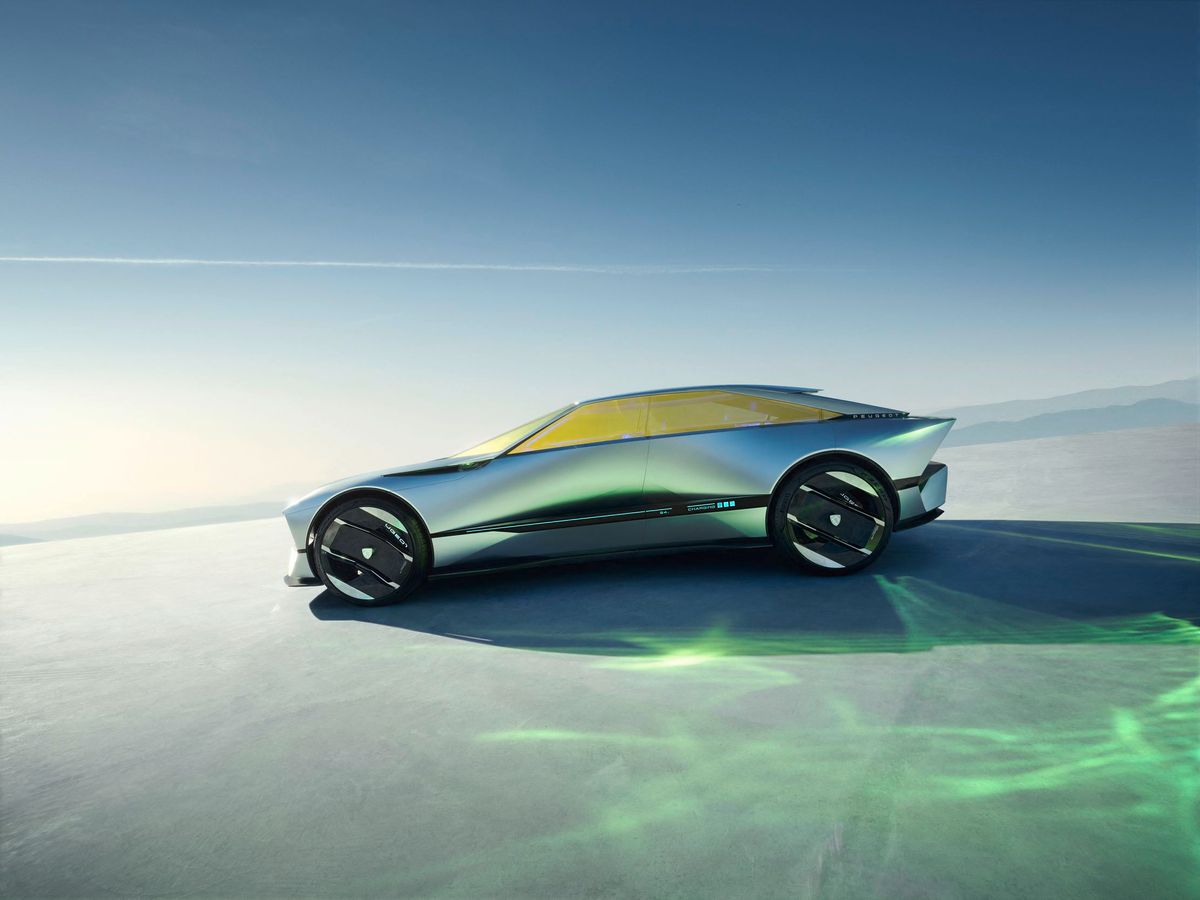
The Inception Concept is an electric vehicle that is powered by a 100 kWh battery capable of providing a range of 497 miles (about 800 km). Two compact electric motors installed on the concept car produce almost 680 hp. Acceleration from 0 to 100 km/h occurs in less than 3 seconds. The model is equipped with an 800V charger, which allows you to increase the range by 93 miles (about 150 km) in just 5 minutes and supports wireless induction charging. Of special note is the low energy consumption, reaching only 12.5 kWh per 100 km.


